
Kód: 04670374
Artifacts of Revolution
Autor Patrice Elizabeth Olsen
This innovative history argues that we can understand important facets of the Mexican Revolution by analyzing the architecture designed and built in Mexico City during the formative years from 1920 to 1940. These artifacts allow u ... celý popis
- Jazyk:
 Angličtina
Angličtina - Vazba: Pevná
- Počet stran: 300
Nakladatelství: Rowman & Littlefield, 2008
- Více informací o knize

Mohlo by se vám také líbit
-

Muslim Brotherhood in Europe
1006 Kč -

Tales of the Greek Heroes
463 Kč -
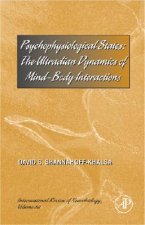
Psychophysiological States
4951 Kč -

Organophosphorus Chemistry
12835 Kč -
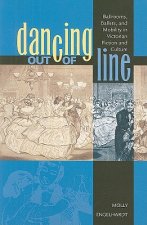
Dancing out of Line
1676 Kč
Darujte tuto knihu ještě dnes
- Objednejte knihu a zvolte Zaslat jako dárek.
- Obratem obdržíte darovací poukaz na knihu, který můžete ihned předat obdarovanému.
- Knihu zašleme na adresu obdarovaného, o nic se nestaráte.
Více informací o knize Artifacts of Revolution
Nákupem získáte 426 bodů
 Anotace knihy
Anotace knihy
This innovative history argues that we can understand important facets of the Mexican Revolution by analyzing the architecture designed and built in Mexico City during the formative years from 1920 to 1940. These artifacts allow us to trace and understand the path of the consolidation of the Mexican Revolution. Each individual building or development, by providing indelible evidence of the process by which the revolution evolved into a government, offers important insights into Mexican history. Seen in aggregate, they reveal an ongoing urban process at work; seen as a "composition," they reveal changes over time in societal values and aspirations and in the direction of the revolution. This book focuses on structure, change, and process for this remarkable city "in the true image of the gigantic heaven." The changes described in Fuentes' narrative are man-made, not wrought by impersonal or natural forces except on the rare occasions of earthquake and flood. Patrice Elizabeth Olsen views Mexico City as an artifact of those who created it-representing their ardor, humanity, and religion, as well as their politics. Individual chapters detail the expression of revolutionary values and aims in the physical form of Mexico City's built environment between 1920 and 1940, examining direction and meaning in terms of who is given license to design and build structures in the capital city, and equally important, who is excluded. Through the reshaping of the capital the revolution was extended and institutionalized; physical traces of the process of negotiation that enabled the revolution to be "fixed" in the Mexican polity appear in the city's skyline, parks, housing developments, and other new construction, as well as in modifications to existing colonial-era buildings. In this manner, the author argues, Mexico City's urban form crystallized as a product of the revolution as well as a part of the revolutionary process, as it has been of other conquests throughout its history.
 Parametry knihy
Parametry knihy
Zařazení knihy Knihy v angličtině Humanities History History: specific events & topics
4255 Kč
- Plný název: Artifacts of Revolution
- Podnázev: Architecture, Society, and Politics in Mexico City, 1920-1940
- Autor: Patrice Elizabeth Olsen
- Jazyk:
 Angličtina
Angličtina - Vazba: Pevná
- Počet stran: 300
- EAN: 9780742554207
- ISBN: 0742554201
- ID: 04670374
- Nakladatelství: Rowman & Littlefield
- Hmotnost: 567 g
- Rozměry: 239 × 161 × 31 mm
- Datum vydání: 11. September 2008
Oblíbené z jiného soudku
-

Man's Search for Meaning
180 Kč -

Scouting for Boys
303 Kč -
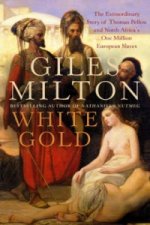
White Gold
357 Kč -
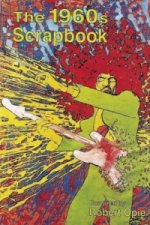
1960s Scrapbook
453 Kč -

Story of Esci
469 Kč -
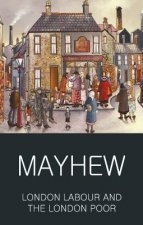
London Labour and the London Poor
131 Kč -

Complicity in the Holocaust
703 Kč -

Women, Race & Class
276 Kč -

The Complete MAUS
462 Kč -

Man's Search For Meaning
410 Kč -

The Rape of Nanking
441 Kč -

Holocaust Industry
306 Kč -

Ordinary Men
306 Kč -
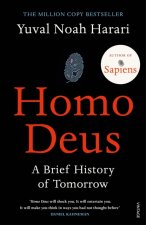
Homo Deus
358 Kč -

Bloodlands
358 Kč -

Conquerors
357 Kč -

Brief History of Japan
325 Kč -

Secret Lives of Colour
420 Kč -
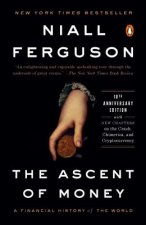
Ascent of Money
441 Kč -

If This Is A Man/The Truce
357 Kč -
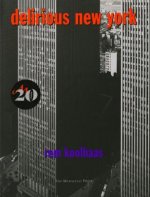
Delirious New York
680 Kč -

Eichmann in Jerusalem
306 Kč -

Mein Kampf - The Ford Translation
986 Kč -

Diary of a Young Girl
192 Kč -

Twelve Years a Slave
90 Kč -

Diary of a Young Girl
286 Kč -
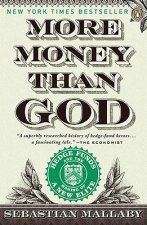
More Money Than God
411 Kč -
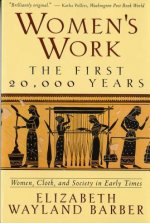
Women's Work
512 Kč -

Eichmann in Jerusalem
357 Kč -

Mein Kampf
749 Kč -

Square and the Tower
420 Kč -

My Mad Fat Diary
303 Kč -
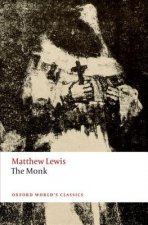
Monk
228 Kč -
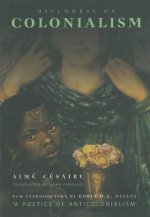
Discourse on Colonialism
306 Kč -

Empires of the Sea
357 Kč -
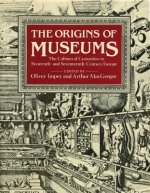
Origins of Museums
1370 Kč -

Golden Atlas
677 Kč -

Access to History for the IB Diploma Rights and protest Study and Revision Guide
935 Kč -

Kafka Was the Rage
377 Kč -

Better Angels of Our Nature
517 Kč -

Good Night Stories for Rebel Girls: 50 Postcards
348 Kč -

Night
276 Kč -

Victorian House
464 Kč -

This Way for the Gas, Ladies and Gentlemen
320 Kč -

Bitten By Witch Fever
810 Kč -

Influence of Sea Power Upon History, 1660-1783
596 Kč -

What Jane Austen Ate and Charles Dickens Knew
429 Kč -

Scouting for Boys
493 Kč -

Titanic and Other Ships
349 Kč
Osobní odběr Praha, Brno a 12903 dalších
Copyright ©2008-24 nejlevnejsi-knihy.cz Všechna práva vyhrazenaSoukromíCookies



 Vrácení do měsíce
Vrácení do měsíce 571 999 099 (8-15.30h)
571 999 099 (8-15.30h)